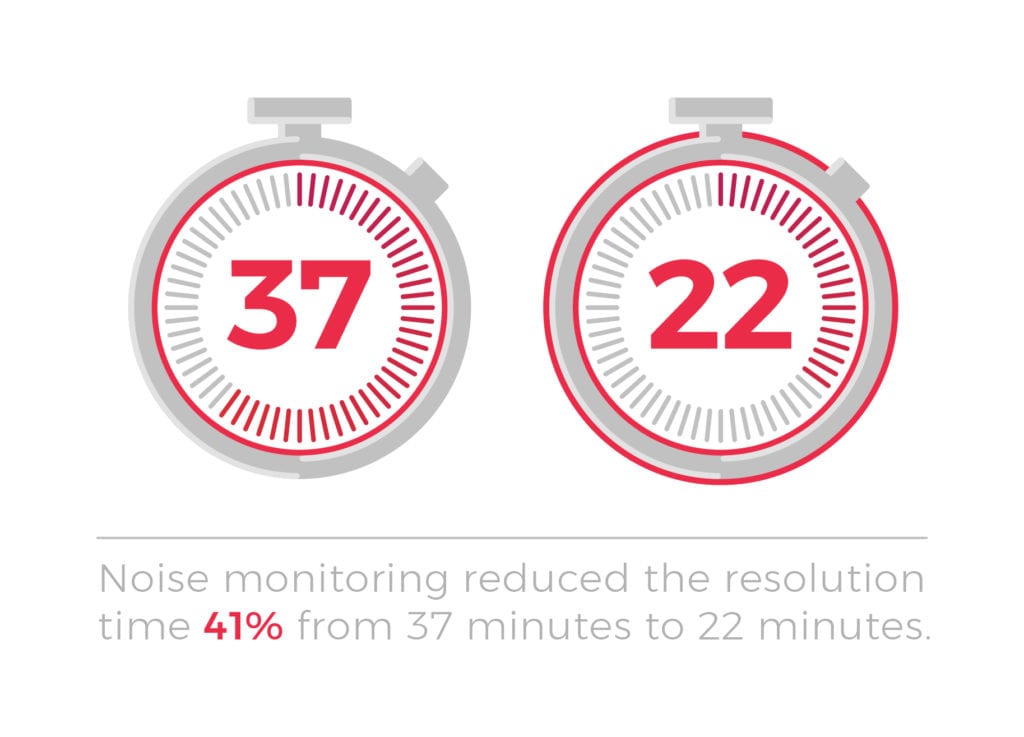When Henry Ford’s Model T rolled off the assembly line in 1908, the existing rules of the road were instantly rendered inadequate. In the following decade, pedestrian and passenger fatalities caused by driver misconduct, such as speeding and drunk driving, compelled regulators to respond. Were all drivers culpable for the negative outcomes that drove the legislation? Certainly not. Was it necessary to create regulations to promote public safety? Of course. An obvious parallel exists today as the tidal wave of legislation rises to address the (perceived) negative outcomes of the burgeoning short-term vacation rental industry.
In this article, I endeavor to look at the “noise issue” using data from two NoiseAware exploratory studies. The first study compared average noise levels in short-term rentals with noise levels in long-term occupied homes. This eight-week study took place in Charleston across thirty-four short-term rentals and long-term occupied homes. Long-term occupied homes included both tenants with twelve-month leases and owner-occupied properties. This study was conducted in partnership with HomeAway.
The second study evaluated noise monitoring technology’s ability to resolve noise disturbances more efficiently than relying on code enforcement. This study compared the City of Palm Springs’ published vacation rental hotline data with the data produced by 181 Palm Springs vacation rental homes equipped with noise monitoring systems. This study was conducted in partnership with the Palm Springs Vacation Rental Tourism Association.
What were the results?
Charleston Study:
The Charleston study sampled over 2.9 million minutes and did not find evidence that the average short-term rental was louder than the average long-term occupied home. In fact, the short-term rental properties were quieter than long-term occupied homes four out of seven days of the week—Sunday through Wednesday. As for which units appeared to have the highest average volume, sleeping capacity most distinctly correlated positively with loudness, not whether a property was used for short-term or long-term occupancy.
Palm Springs Study:
During the six-month study period from September 4, 2017, to March 11, 2018, an analysis of the Palm Springs Vacation Rental Department data shows that the average response time for the 348 calls was thirty-seven minutes. During the same period, in the vacation rental homes equipped with noise monitoring systems, the average time from noise alert to resolution was twenty-two minutes. Noise monitoring reduced the resolution time 41 percent from thirty-seven minutes to twenty-two minutes.

What do these results mean?
The results of the Charleston study indicate the following:
- Living next to a short-term rental does not necessarily mean you will have a louder neighbor than living next to a long-term occupant.
- The positive correlation of maximum capacity with loudness indicates that the higher the number of occupants at a property—whether short-term or long-term—the greater the chance of potential noise issues.
The results of the Palm Springs study indicate the following:
- Noise nuisance issues are more efficiently resolved using technology than relying on neighbor complaints and code enforcement.
- Resolution of noise issues can be achieved using noise monitoring systems without relying on neighbors to take any action.
Why are these results important?
Vacation rental managers know that the narrative of loud party houses is overblown. Never before has there been data like this available that supports the counter-narrative: that vacation rental properties can be great neighbors. In the regulatory arena, these first-of-their-kind exploratory studies can be powerful tools in the toolbox.
Bringing data to the table is critical in legislative debates. With cities, counties, and more recently, states considering regulatory actions, having data like this should lead to more balanced consideration. We’ve all heard of the neighbors who show up at City Hall with tales of unruly, loud behavior at the vacation rental next door. Those stories have often driven the narrative that short-term rentals are incompatible with neighborliness. However, the antidote to sensational anecdotes is context and relevant additional information.
These studies help shift the regulatory conversation from punishment and enforcement to an orientation around proactive, self-sufficient solutions. Cities do not want to police low-priority noise nuisance issues—at short-term rentals or long-term residences. So, educating legislators about the existence and effectiveness of noise monitoring technology tempers the inclination to overregulate. The ability to self-police noise issues using technology is a powerful concept, and one that both regulators and neighbors can support.
Just as the Model T ushered the automobile onto Main Street, short-term rentals are now squarely in the mainstream. Because history tends to repeat itself, we are smack in the middle of the reactionary regulatory period. Driver misconduct led to the first wave of automobile regulations, so it should be no surprise that the collateral impacts of short-term rentals on neighbors and neighborhoods are being hyper-scrutinized.
With noise nuisance issues high on the list of neighbor concerns, it is critical that we have information at our disposal to make these two critical points: short-term rentals do not inherently make for bad neighbors, and when noise issues do arise, there are solutions available to bring efficient resolution without relying on neighbors to lift a finger.


